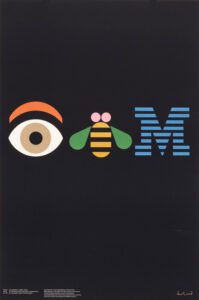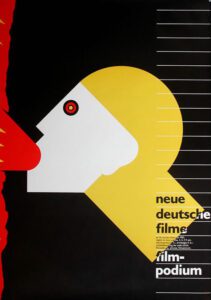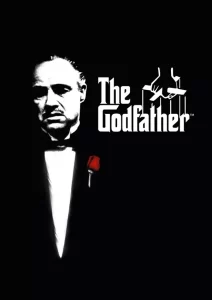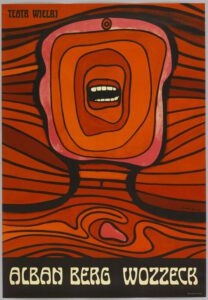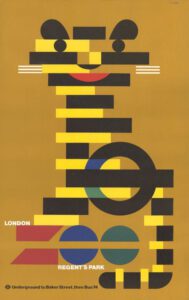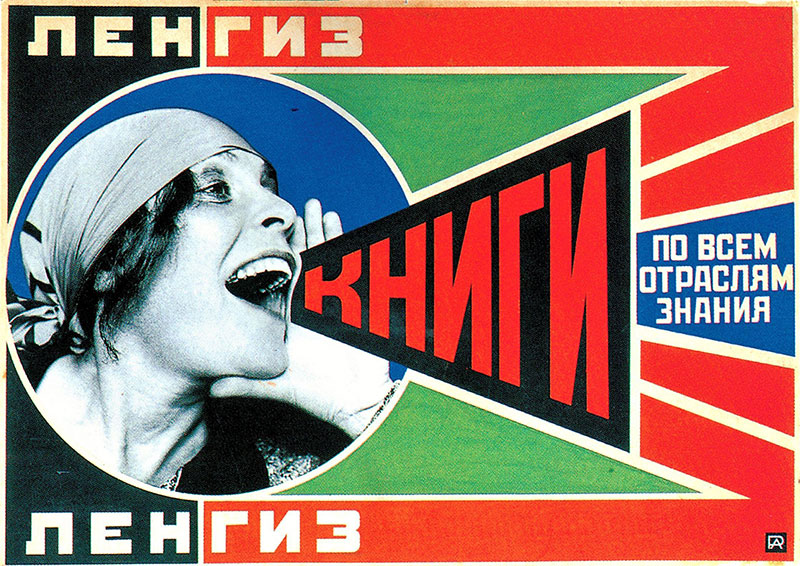
The History of Poster Design - A visual revolution
In the age of social media infographics and relentless advertising, the history of poster design can tell us a lot about where we came from and how we got to where we are.
A good poster can take a wealth of information and fit it all into an eye-catching, easily reproduced, immediately recognisable rectangular shape.
A great poster can leave its mark on history.
With that in mind, let’s take a look at 10 posters that have come to define this unique artistic medium:
Moulin Rouge - La Goulue - Henri Toulouse-Lautrec (1891)
Posters had been used to advertise events long before the 1890s, but French artist Henri Toulouse-Lautrec took the art of poster design to bold new places with his work Moulin Rouge: La Goulue.
The poster, which advertised the French club Moulin Rogue, depicts the famous cancan dancer La Goulue with her partner, Valentin le désossé. The poster was a four-colour lithograph and it’s estimated that around 3,000 copies were printed and distributed around Paris.
Moulin Rouge – La Gouluewent went above and beyond its remit as a simple advertisement. It became a sensation on the streets of Paris, with many praising its evocativeness – how it captured the wildness of the dancers and pushed the boundaries in terms of artistic experimentation when it came to poster design.
Many poster designers often wrestle with how to marry their unique artistic ideas with the practical or corporate demands of the subject matter they’re being asked to depict.
When it came to Alphonse Mucha, the idea of ‘compromise’ went straight out the window. An Art Nouveau artist from Czechoslovakia, Mucha’s poster was an advertisement for the ‘Job’ cigarette rolling paper company. In the poster, a woman with billowing hair is depicted in a loose gown with cigarette smoke swirling around her.
The poster was unique for the time, as women in this era didn’t normally smoke in public and wore their hair up in a more reserved way.
Mucha’s emphasis on bold colours, sensuality, and sexuality, was a daring move. In many ways, it also helped set a precedent – you didn’t need to stick to the rules when it came to advertising, and you didn’t need to sacrifice art for the sake of an effective poster.
Scandalous for its time, since no respectable woman would smoke in public let alone have her hair down, it signified a break from tradition.
As one of the founders of the ‘constructivism’ branch of modern art, Russian artist Alexander Rodchenko has left an incomparable mark on photography and graphic design.
Much of his work was closely associated with propaganda, with his posters being used as an effective tool to help manufacture consent and inclusion in the early days of the Soviet Union.
But it is Rodchenko’s style that is so memorable. His use of sharp, straight lines, monochrome colours, unusual angles, and engaging social messages, all had a massive impact on poster design.
Rodchenko helped emphasise the political possibilities to be found in artistic poster design.

